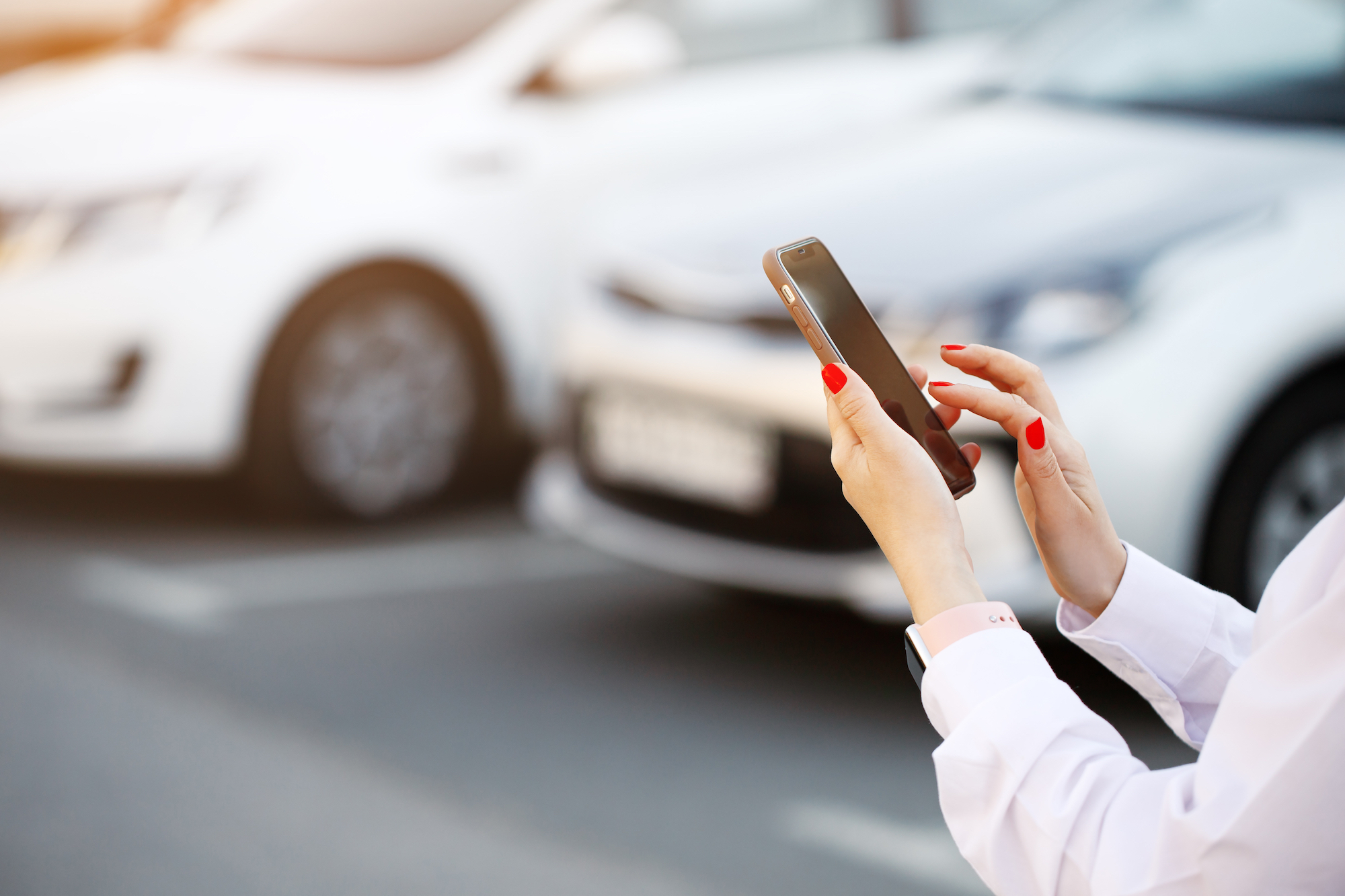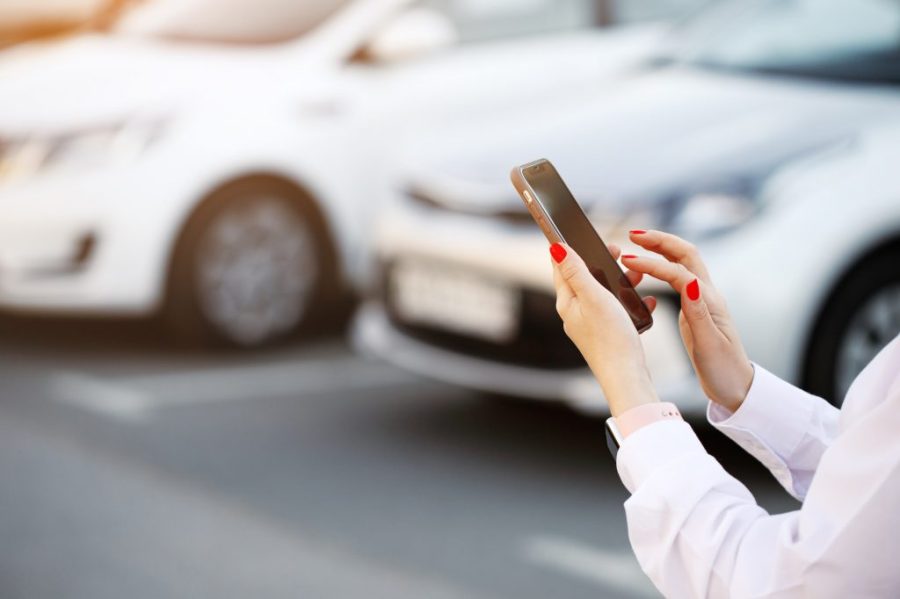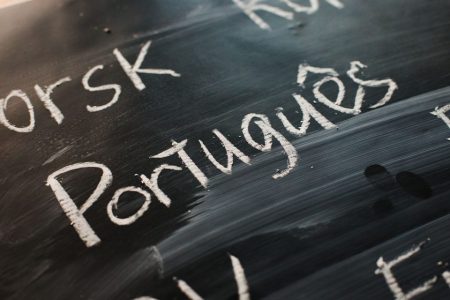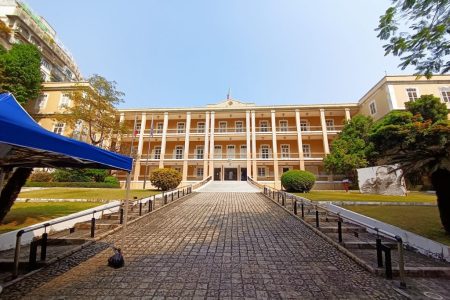Drivers may be able to pay parking meter charges online next year, Transport Bureau (DSAT) Director Kelvin Lam Hin San has announced.
Lam was speaking after he and other DSAT officials briefed members of the government-appointed Traffic Consultative Council about the government’s draft of Macao’s land transport master plan for 2021-30.
Lam said that a two-month public consultation on the draft plan started yesterday, and will run until 22 July.
Lam said that the bureau plans to improve “intelligent transport” by facilitating online payment for parking meters via an app, pointing out that the agreement between the government and the current parking meter company will expire in April next year.
In addition to the 55 existing public car parks in Macao, Lam said that the bureau will add five more public car parks this year, which will provide more than 2,000 parking spaces.
Lam said that drivers should consider using a car park if there is one for the public within about 100 metres of their destination, because the fees for on-street parking and public car parks are the same, while parking in car parks can make room for tree planting and greenery, which the government thinks can improve the walking environment in the city.
The plan presented by Lam forecasts that in 2030 there will be 244,000 motor vehicles in Macao, an increase of 48,000 vehicles compared to 2010.
The plan also predicts that Macao’s motor vehicle use will continue to grow, with an annual increase of about 3.6 per cent in road traffic during peak hours.
Lam said the government plans to increase the proportion of trips made by the Light Rail Transit, buses and cabs to 55 to 60 per cent of the total number of trips by 2030, while raising the proportion of “green trips”, meaning public transport and slow-moving transport, to 70 to 75 per cent.
Lam said he believes the number of public buses, currently standing at around 1,000, should be the limit and there was no need to increase them further.
The government’s announcement on Monday that it plans to build a cross-sea cable car between the Macao Science Centre in Nape and the Zone A land reclamation area, has met with mostly negative comments from the public, observers have pointed out.
Lam mentioned that the initial idea of the cable car is to carry about 50 passengers each time, with a capacity of 6,000 passengers per hour, pointing out that some members of the tourism industry supported the cross-sea cable car as it could serve as a new tourist attraction.
According to the master plan, it is predicted that by 2030 the number of overall trips by Macao residents will grow to 2.43 million per day, an increase of about 17 per cent from 2019, while cross-border traffic is forecast to rise to 580,000 trips per day, an increase of about 11 per cent, The Macau Post Daily reported.




